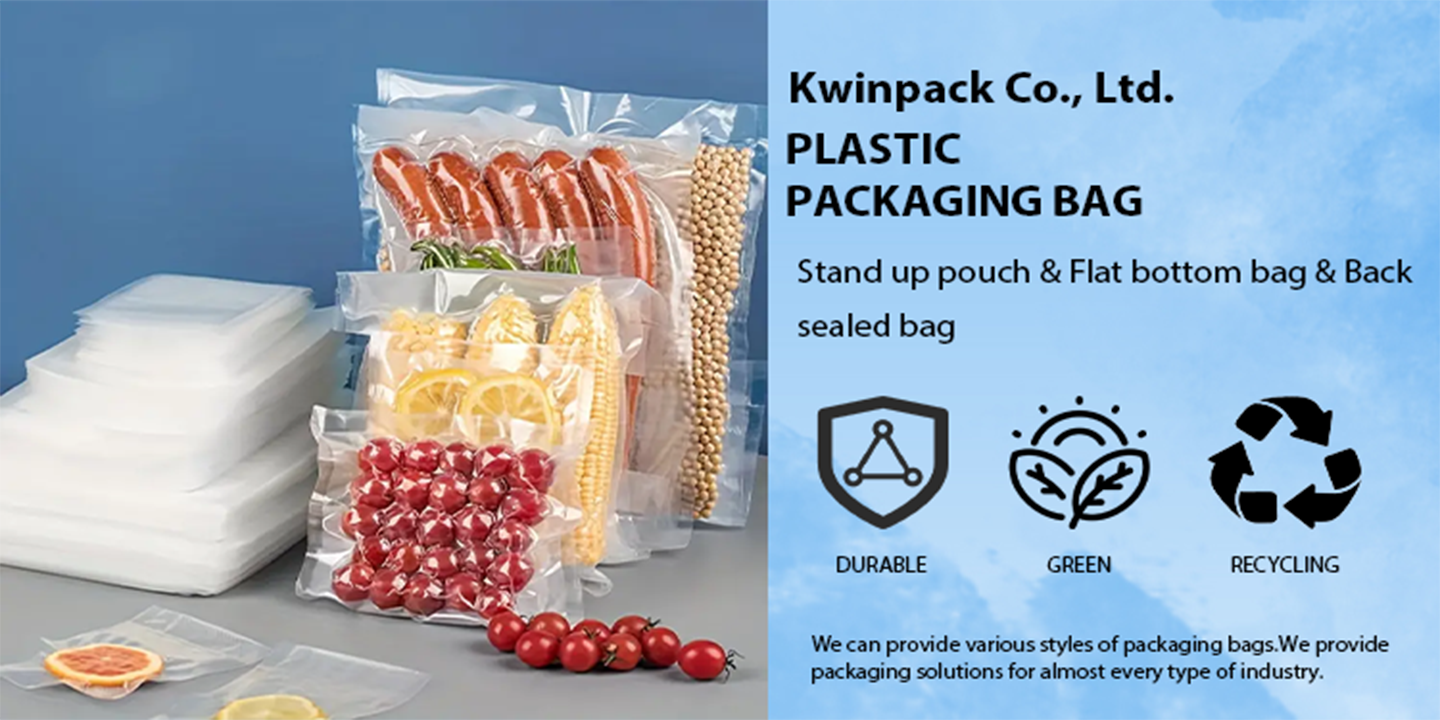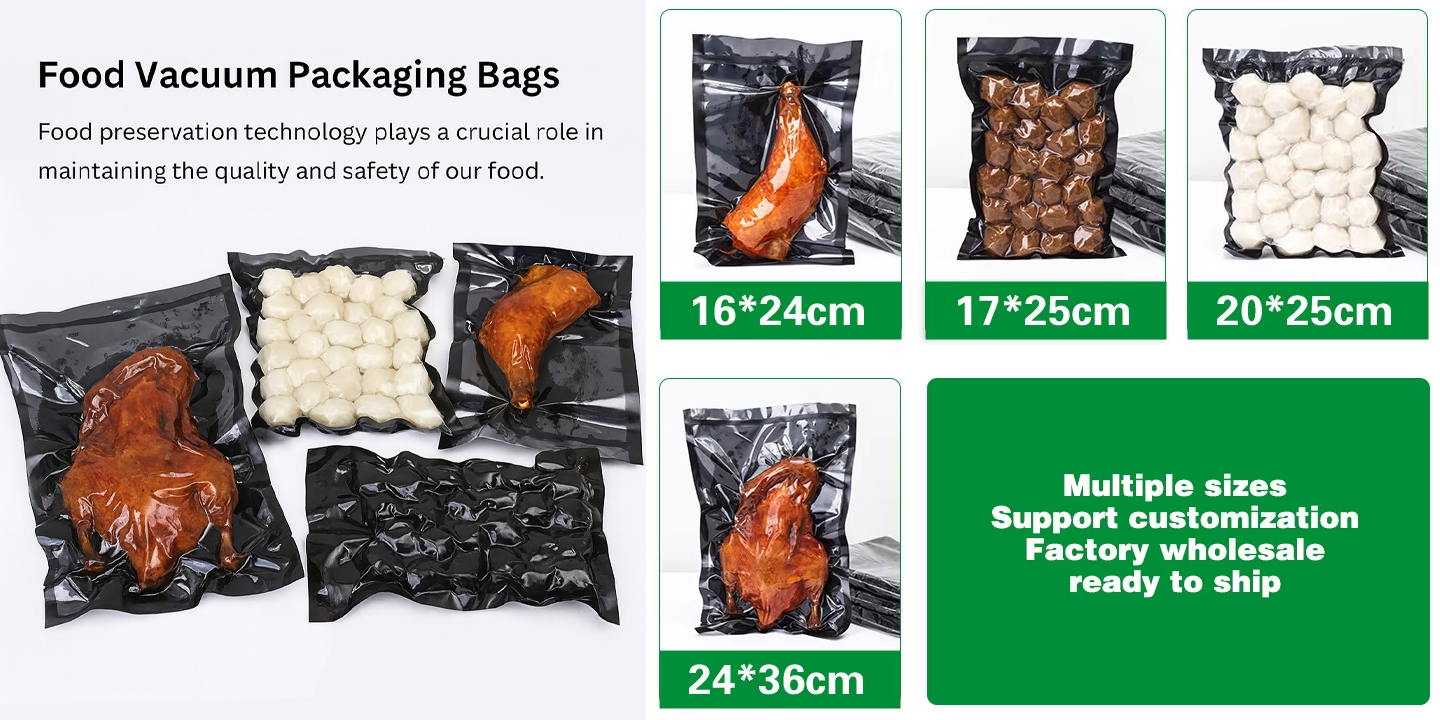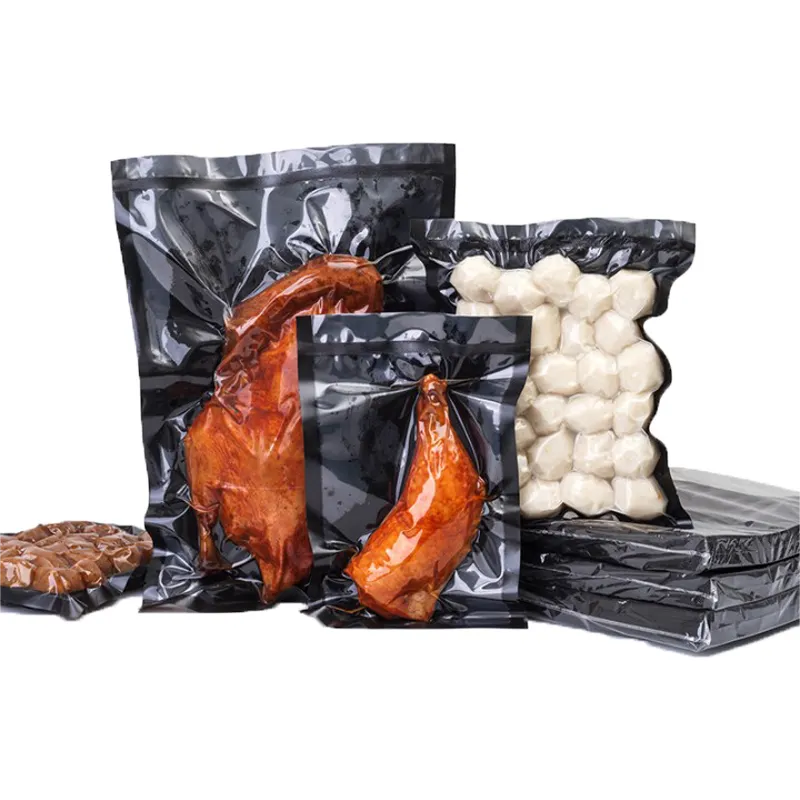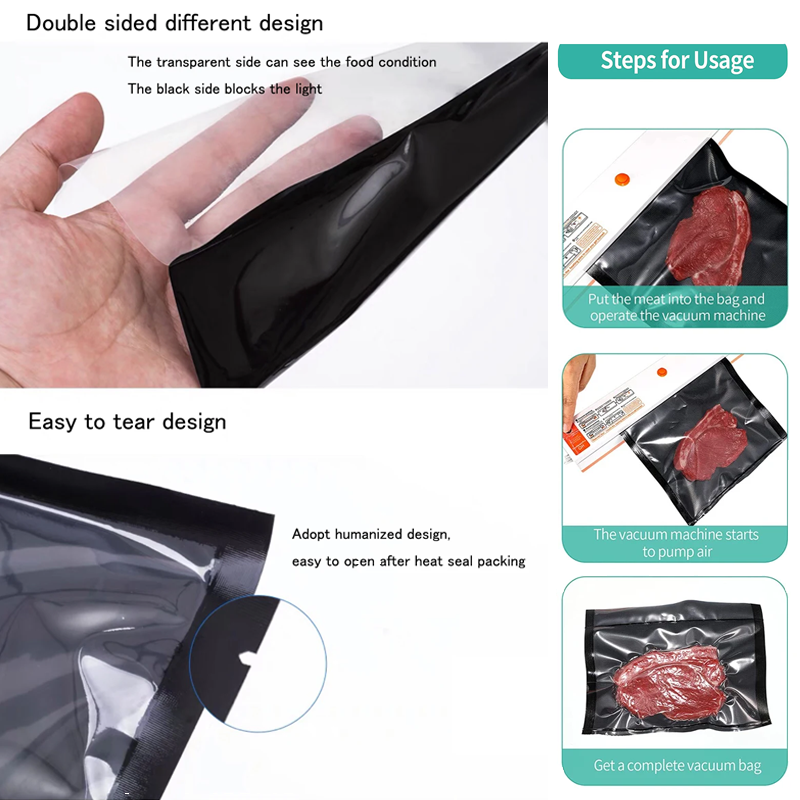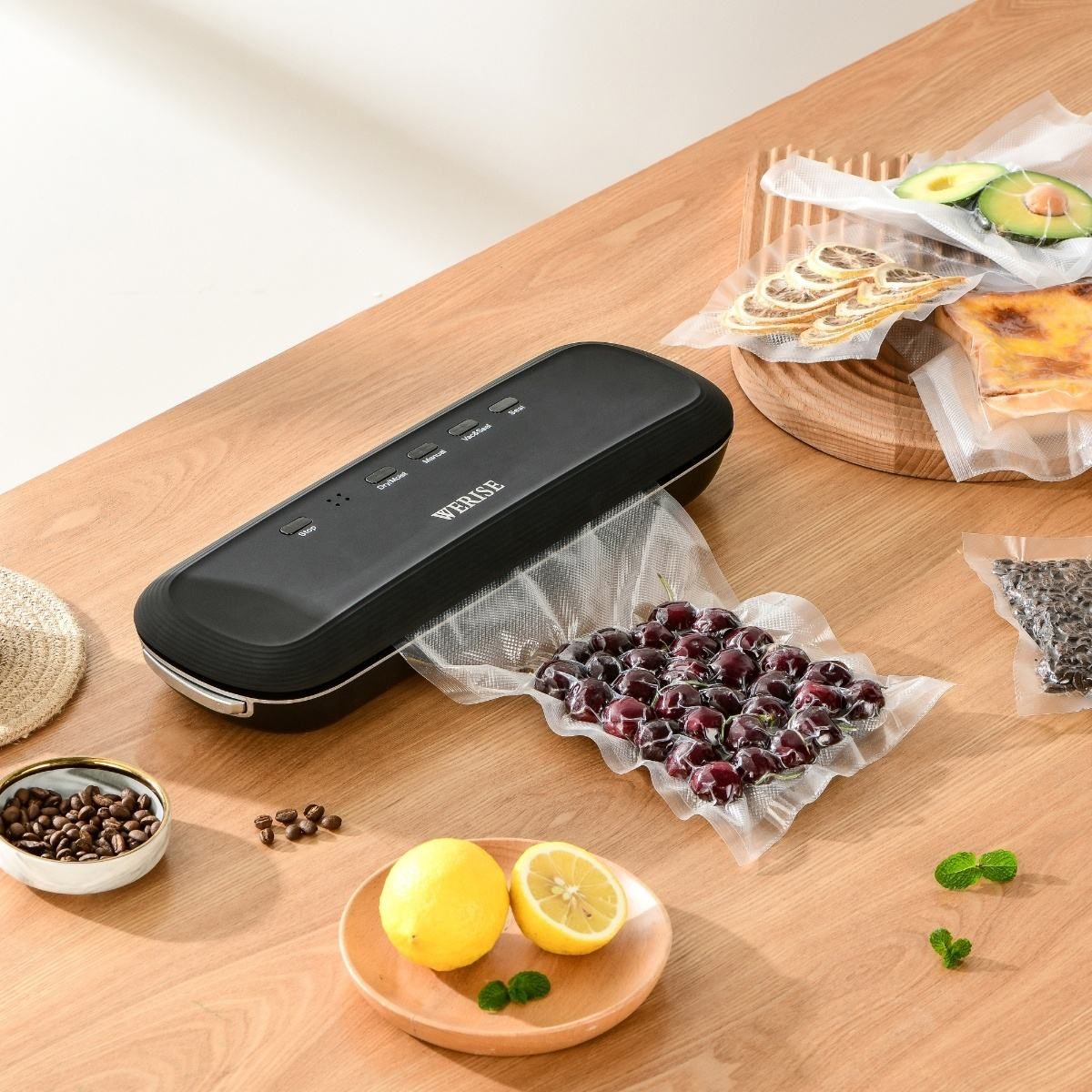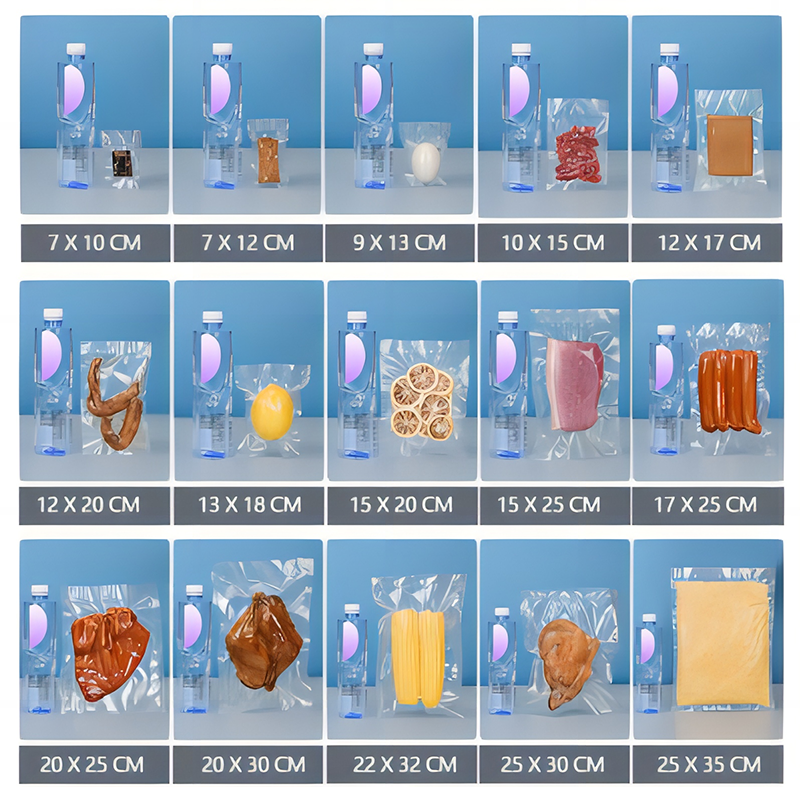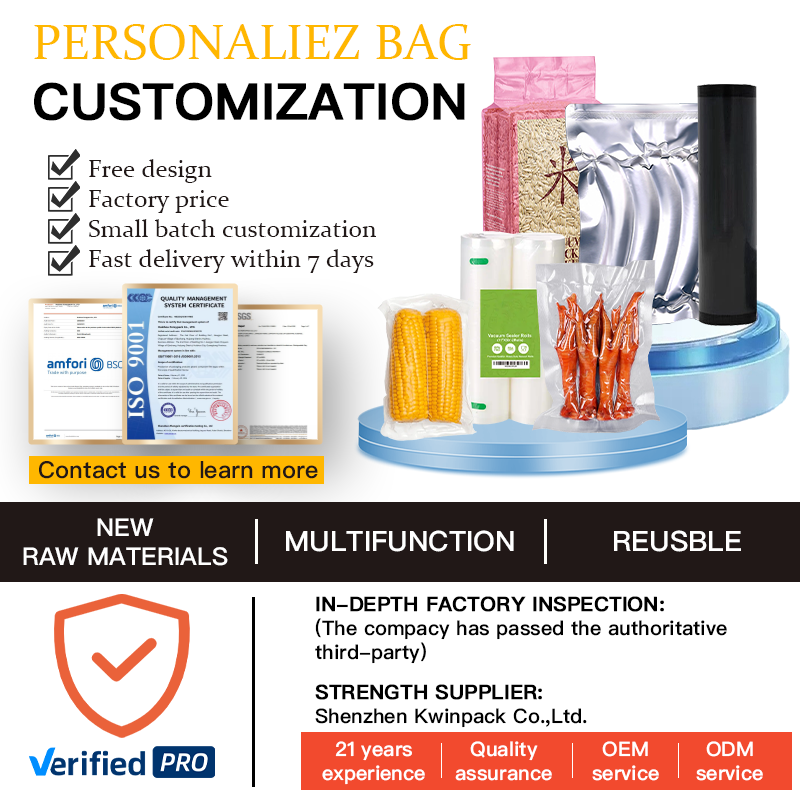The Ultimate Guide to Food Vacuum Bags: Benefits, Applications, and Key Advantages
Unveiling the Advantages of Vacuum Packaging
1.Food vacuum bags operate on a simple yet powerful principle: removing air from the package before sealing it. This process, known as vacuum sealing, significantly extends the shelf life of food by creating an oxygen-depleted environment. Here’s why it’s so beneficial:
2.Superior Food Preservation & Extended Shelf Life: Oxygen is the primary culprit behind food spoilage. It facilitates the growth of aerobic bacteria and molds and causes oxidation, which leads to discoloration and rancidity. By removing air, vacuum sealing drastically slows down these processes, keeping food fresher for much longer—often 3 to 5 times longer than conventional storage methods.
3.Enhanced Food Safety: While vacuum sealing inhibits aerobic bacteria, it's important to note that it does not eliminate all microorganisms. However, when combined with proper handling and refrigeration/freezing, it creates a much safer barrier against contamination, reducing the risk of foodborne illnesses.
4.Protection from Freezer Burn: Freezer burn occurs when air reaches the food's surface, causing dehydration and oxidation. It degrades the food's texture and flavor. Vacuum sealing provides an airtight seal that locks in moisture and prevents freezer burn, ensuring the quality of frozen meats, vegetables, and prepared meals is preserved perfectly.
5.Space Efficiency: Removing air shrinks the package, making items flatter and more uniform. This saves tremendous space in refrigerators, freezers, and pantries, allowing for better organization and greater storage capacity.|
6.Preservation of Flavor, Texture, and Nutritional Value: By preventing oxidation and moisture loss, vacuum-sealed food retains its original flavor, juicy texture, and vital nutritional value far better than food stored in traditional containers or wraps.
7.Cost-Effective and Reduces Waste: Buying food in bulk is often more economical. Vacuum sealing allows consumers and businesses to purchase in larger quantities, portion the food, and store it without fear of rapid spoilage. This leads to significant cost savings and a major reduction in food waste.
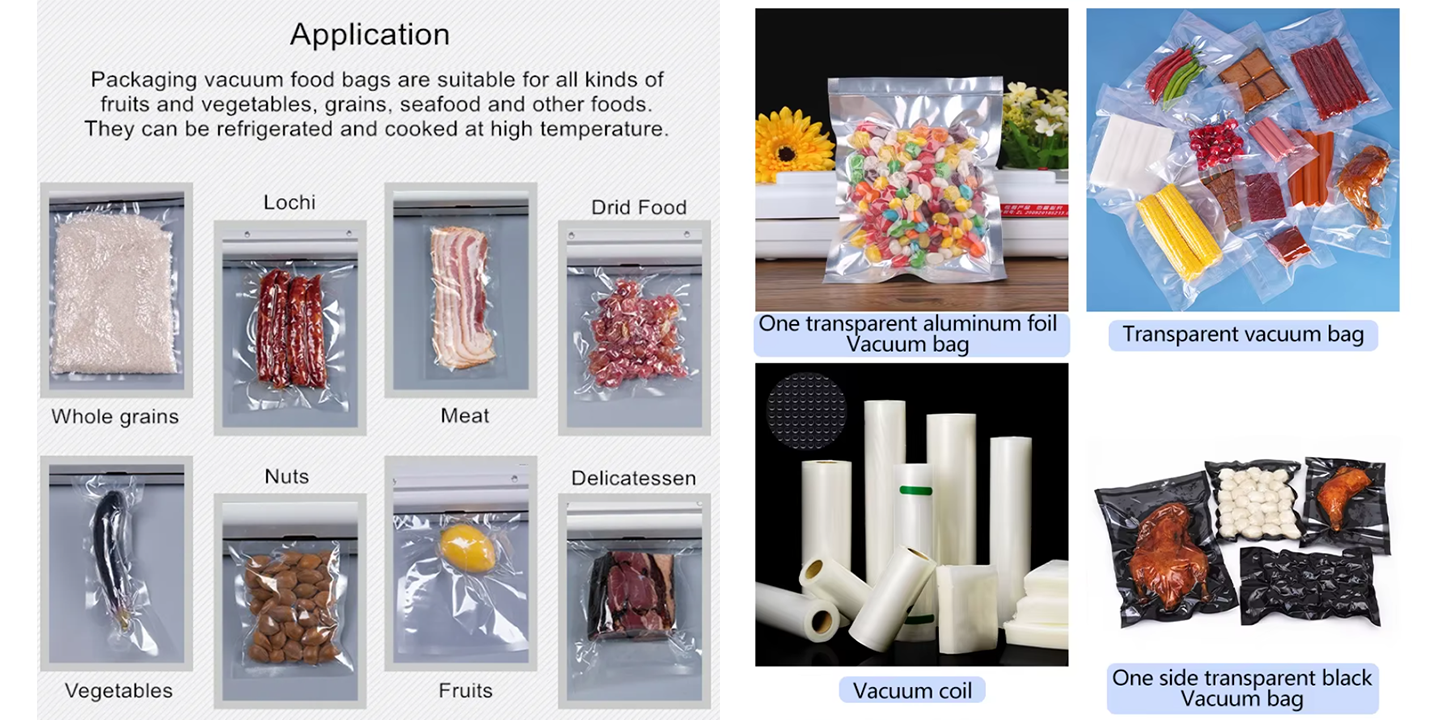
Diverse Applications of Food Vacuum Bags
The versatility of vacuum packaging extends far beyond the home kitchen. Its applications are vital across numerous industries:
・ Home Kitchen Use: Home cooks use vacuum sealers to preserve leftovers, marinate meats quickly, store bulk purchases, and protect valuable dry goods like coffee beans, nuts, and grains from staleness.
・ Commercial Food Industry: This is where vacuum technology is indispensable. It is used for packaging:
・ Fresh Meats and Poultry: Extending display life and maintaining a fresh, appealing color.
・ Seafood and Fish: Protecting delicate flesh from oxidation and spoilage during transport.
・ Cheeses and Dairy Products: Preventing mold growth and preserving freshness.
・ Processed Meats: Such as sausages and hams, where a tight seal is crucial.
・ Prepared Meals and Sous-Vide Cooking: Vacuum sealing is the essential first step for the popular sous-vide cooking method, which involves cooking food in a precise temperature-controlled water bath.
・ Agricultural Products: Farms use it to package produce.
・ Pharmaceuticals: To protect sensitive medical components from moisture and air.
・ Electronics: To shield small parts from corrosion during storage and shipping.
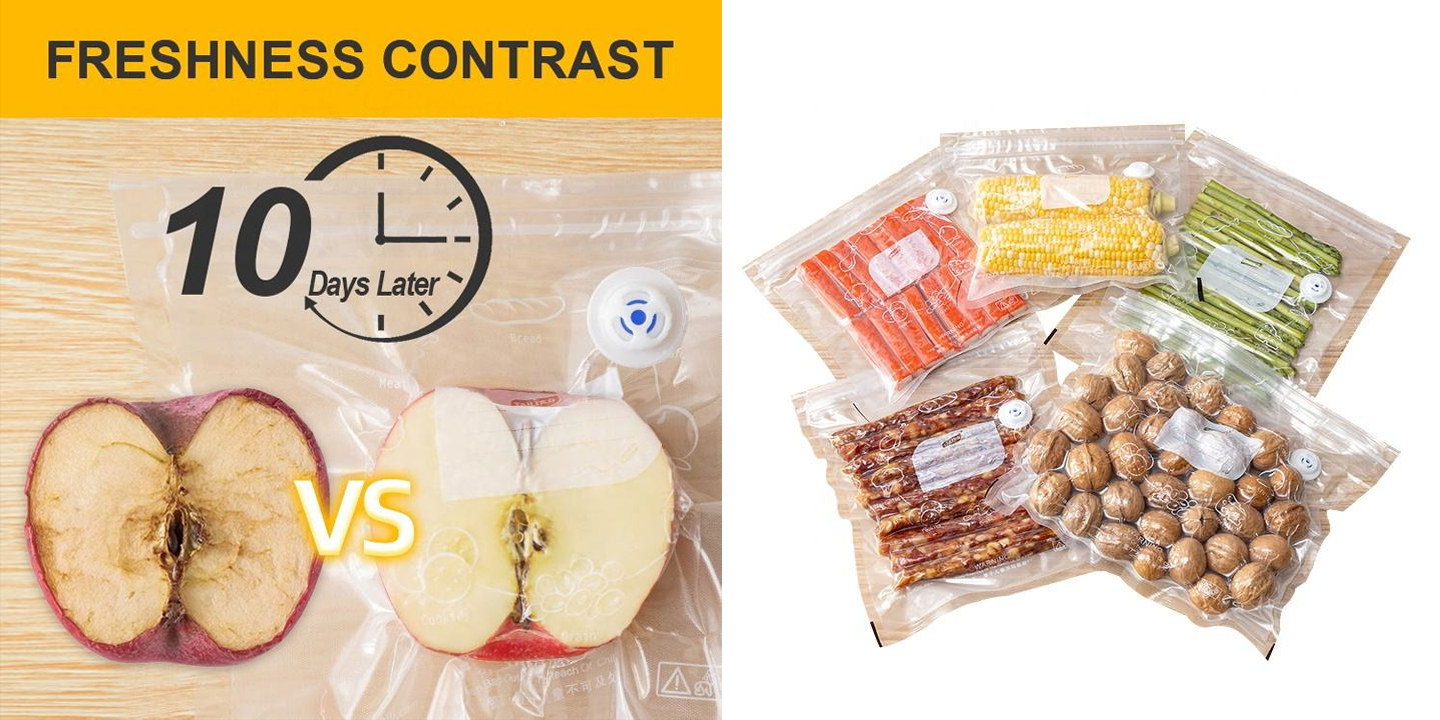
Which Products Benefit Most from Vacuum Sealing?
While many foods benefit from vacuum packaging, some see a particularly dramatic advantage:
1.Red Meats and Poultry: The color and freshness of meat are highly dependent on oxygen exposure. Vacuum packaging maintains its quality for extended periods.
2.Fish and Seafood: These are highly perishable. Vacuum sealing is critical for locking in freshness and preventing strong odors from spreading in the freezer.
3.Hard and Soft Cheeses: It prevents drying out and mold contamination, allowing cheeses to age gracefully or remain fresh.
4.Coffee Beans: Oxygen is the enemy of fresh coffee. Vacuum sealing whole beans immediately after roasting preserves their aromatic oils and complex flavors.
5.Nuts, Grains, and Dry Goods: These items contain natural oils that can become rancid when exposed to air. Vacuum sealing keeps them crisp and fresh.
6.Sous-Vide Ready Meals: For this specific cooking technique, vacuum sealing is not just beneficial—it is mandatory to ensure efficient heat transfer and flavor infusion.
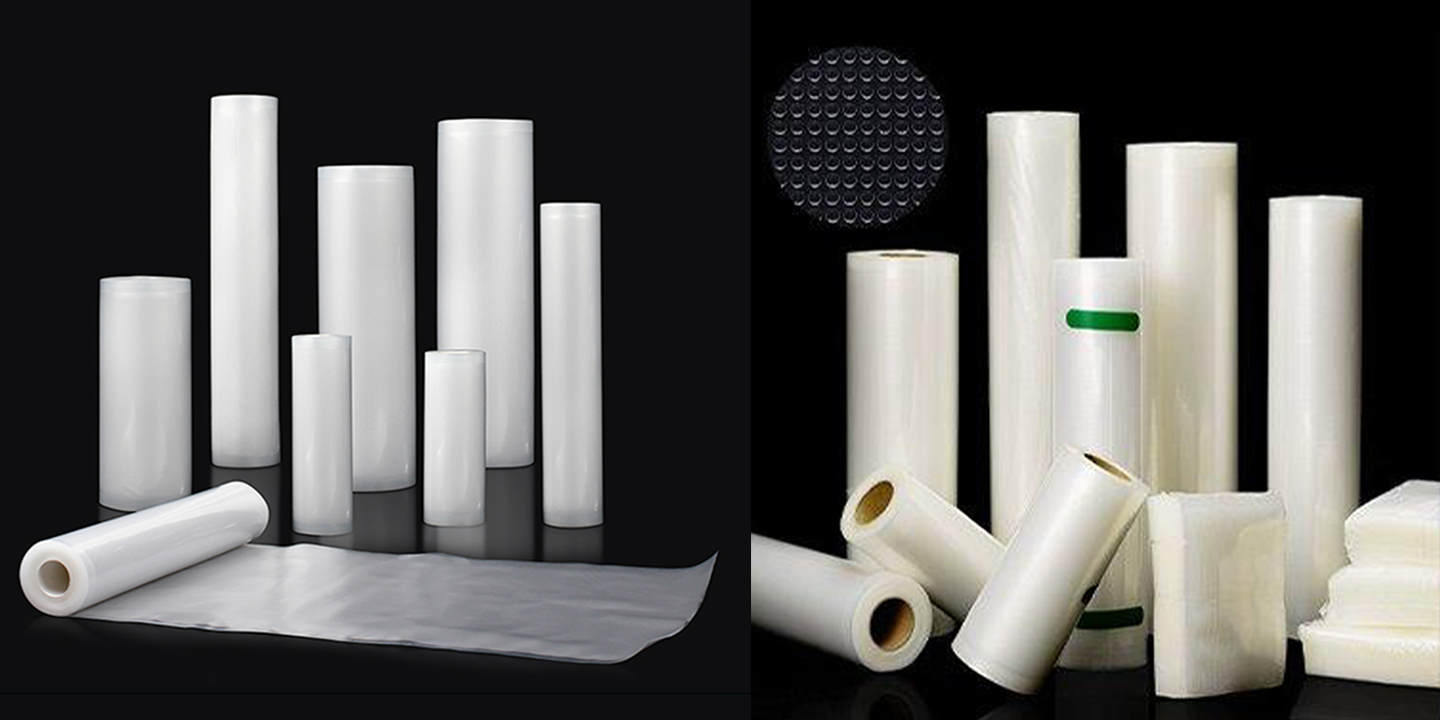
In conclusion, food vacuum bags are a revolutionary packaging solution that offers undeniable benefits in food preservation, safety, and efficiency. From extending shelf life and preventing freezer burn to enabling the sous-vide cooking method, their impact is felt in homes and industries worldwide. By understanding its advantages and ideal applications, both consumers and businesses can make informed decisions to reduce waste, save money, and enjoy higher quality food. Investing in a high-quality vacuum sealer and durable vacuum bags is a smart step toward a fresher, more efficient kitchen.
